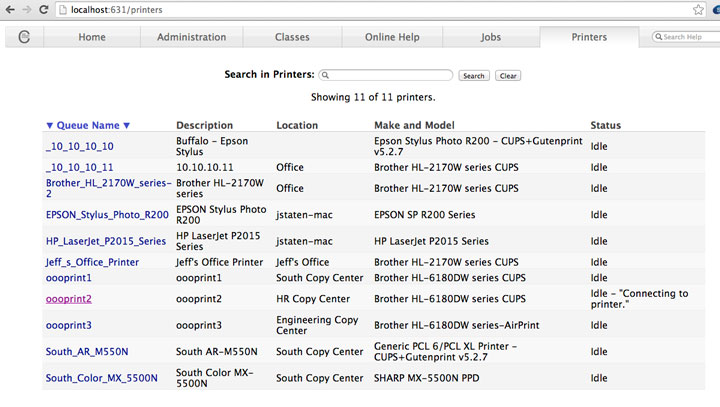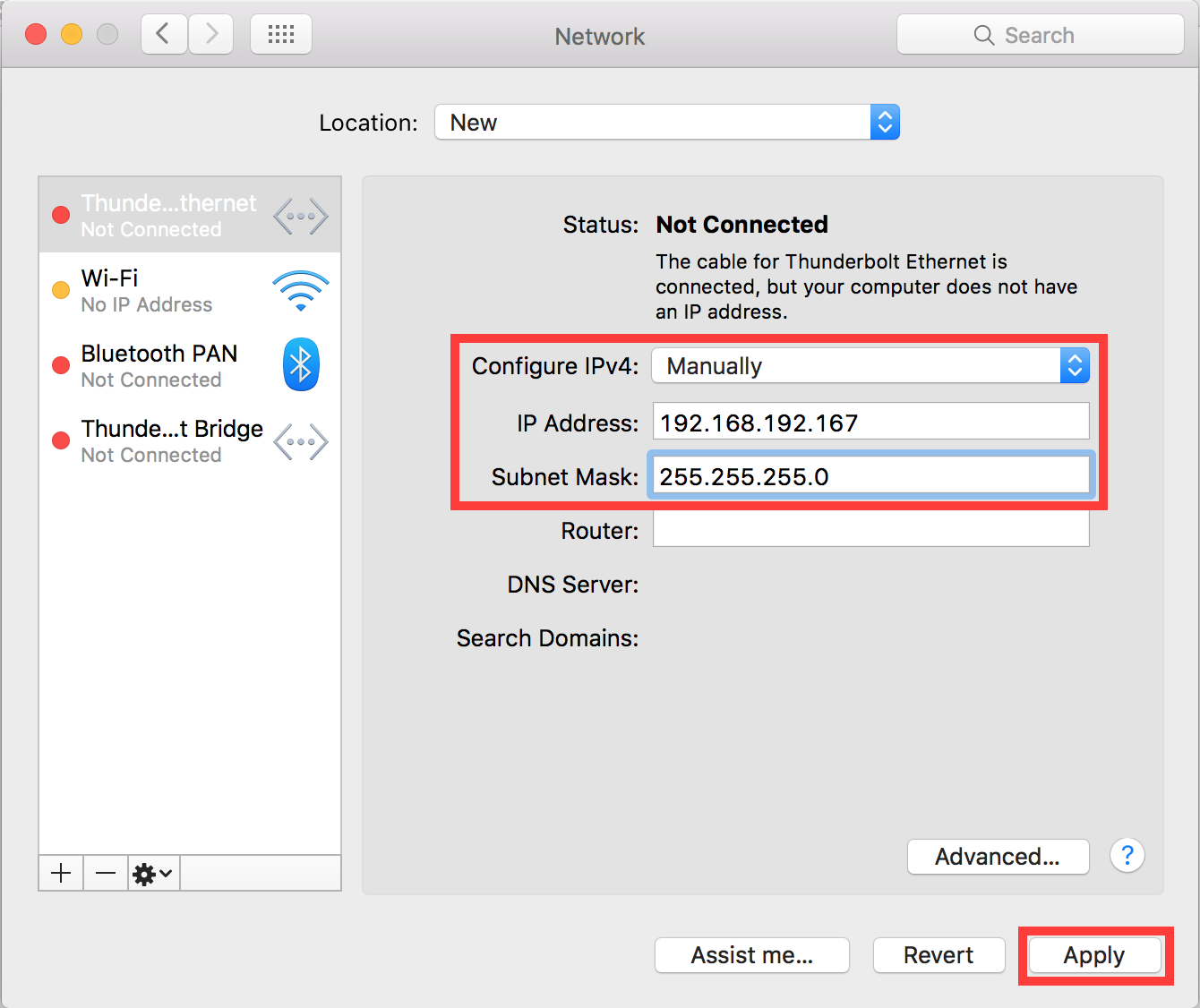

- #Change ip address for network printer on mac how to
- #Change ip address for network printer on mac tv
- #Change ip address for network printer on mac mac
Use sed to modify the file from the command line here are some examples: (sudo will launch vi with adminstrator privileges which will require that you enter your password.) Pick your text editor of choice, launch it with administrator privileges, and edit the file directly.Įxample: using terminal, type: sudo vi /etc/cups/nf Here are several options that should work most require using the terminal command line. You could edit the file and just change the IP address, but you can easily run into permission problems and end up screaming with frustration. Just remember to switch network locations if you start using a different network - others may not take kindly to you using a static IP address on their network.The configuration information is stored in a system file in /etc/cups/nf.
#Change ip address for network printer on mac mac
Now the other devices on the private network can access your Mac by using the static IP address you assigned it. In this example, I could have picked any address between 192.168.7.0 and 192.168.7.255, as long as the address was not already assigned to another device.Ĭongratulations! You have successfully set a static IP address for your Mac. What number should you enter? One method is to take your current IP address and change the last part of the number. The window shown below appears.įrom the Configure IPv4 menu, select Manually.Įnter a static IP address in the IPv4 Address field. You’ll need to select a new IP address from within the private IP address range listed. Make a note of the current IP address assigned to your Mac. In this example, I’m connected to a wireless network, so I’ll select Wi-Fi. The window shown below appears.įrom the sidebar, select an active network interface.

#Change ip address for network printer on mac how to
See How to Configure Network Locations in OS X for instructions.įrom the Apple menu, select System Preferences. This will allow you to use the static IP address for certain networks and not others. If you own a MacBook, you may want to create a new network location. Here’s how to set a static IP address in macOS: Tip: You may also need to change your router’s settings to assign your Mac a static IP address and configure port forwarding. Other devices connected to the local network will be able to access your Mac, and if you set up port forwarding, certain services running on your Mac will be accessible to the outside world. For those unique situations and others, only a static IP address will work.īy setting a static IP address in macOS, you’ll create a permanent, private IP address for your Mac that won’t change from one day to the next. But dynamic IP addresses won’t work for certain tasks like port forwarding, dynamic DNS, or client-to-client file sharing on the local network. (To check, see How to Find Your Mac’s IP Address.) That’s not a problem for the majority of users - most people don’t care whether their IP addresses changes or not. When your Mac is connected to a private network in a home or office, it’s probably assigned what’s known as a dynamic IP address.

How to Set a Static IP Address on a Mac.

#Change ip address for network printer on mac tv
AirPort Apple Apps Backups Developer Education Email Hardware Internet iPad iPhone Mac Music Network Photos Security TV Weekend Wonk


 0 kommentar(er)
0 kommentar(er)
